The views expressed in our content reflect individual perspectives and do not represent the authoritative views of the Baha'i Faith.
For four days this week, Baha’is around the world will celebrate with festivities, gifts, parties, service projects, and charitable humanitarian work.
Why? Well, we’re celebrating the Baha’i holiday called “Ayyam-i-Ha.” These festive days are “Intercalary Days,” “Days of Joy,” or “Days Out of Time,” consisting of the days in the annual Baha’i calendar that don’t fall into any given month. Baha’is set aside those days for joyous celebrations, serving others and preparing for the 19-day Baha’i fast, which always follows Ayyam-i-Ha.
Confused? Let’s start by explaining that the Baha’is of the world, just like many other major global Faiths, have a unique calendar.
RELATED: The Main Message of the Baha’i Intercalary Days: Joy!
The Major Religious Calendars and How They Work
Most of the world’s calendars base their months, either roughly or exactly, on the phases of the moon or the Earth’s 365¼ day rotation around the sun. Actually, one trip around the sun takes our planet 365 days, 5 hours, and 50+ minutes, which makes solar calendars tough to calibrate and make regular.
Lunar calendars depend on the moon’s 28-day cycle around the Earth to mark the passage of time. Some calendars, notably the Islamic one, have twelve lunar months, strictly calibrated to the moon’s phases. Even the universally-accepted symbol for Islam—the new or crescent moon—comes from the Muslim calendar.
Much of the Christian world uses the solar Gregorian calendar, which also has twelve months, but which extends those months to fill out a full solar year—which explains why the length of the Gregorian months varies, from 28 to 31 days. The Gregorian calendar, adopted by Catholic Pope Gregory XIII in 1582, was initially designed to keep the Easter celebration closest to its original date on the Vernal Equinox.
Some Eastern Orthodox Christian communities, most notably in Russia and nearby countries, still use the Gregorian’s predecessor, the Julian calendar. Both the Julian and the Gregorian calendars use “leap” or intercalary days to account for the extra time of the Earth’s solar orbit, adding an extra day to the calendar every third or fourth year.
The Hebrew calendar used by much of the Jewish community combines solar and lunar observations to produce a lunisolar schedule, which operates on a cycle of 19 years.
The Hindu calendar, called the Vikrami lunar calendar, has lunar months of 29 or 30 days–which means twelve lunar months adds up to about 360 days. This requires that the Hindus insert an additional 13th month every few years.
Here’s the problem with all of these calendars, whether they’re based on astronomy or arithmetic: Every calendar that uses astronomy to mark its months has to base its dates on consistent observation of the Earth’s sky and its moon and stars. Astronomical calendars like the Islamic calendar and the old Hebrew calendar work that way, and they’re very accurate—except when you try to figure out when a particular date will occur.
On the other hand, every calendar based on a strict set of mathematical rules, like the Gregorian calendar or the current Jewish calendar, makes it simple to calculate when a particular date will occur–but arithmetically-calculated calendars sacrifice accuracy. Their accuracy diminishes slowly over time, because the Earth’s rotation varies, and because of that extra five hours and fifty-some minutes every year, which leap years try to make up for in some calendars.
New Faiths often bring new calendars, and the Baha’i calendar has a new and different approach that accounts for and corrects both of these inherent problems. Brought initially by the Bab, Baha’u’llah’s herald and predecessor, it uses a unique system of nineteen months, each made up of nineteen days. That means 361 days every year have very specific, arithmetically predictable dates. In a Baha’i year, when the end of the 18th month occurs, the calendar inserts four or five intercalary (or “inter-calendar”) days, which flexibly correct the span of the calendar every year to synchronize it exactly with the Earth’s rotation around the sun.
Since the Baha’i teachings call for world unity, this new Baha’i calendar gives humanity a clear, consistent, and complete way to make the calendar work for everyone, no matter what religion they practice:
Among different peoples and at different times many different methods have been adopted for the measurement of time and fixing of dates, and several different calendars are still in daily use, e.g., the Gregorian in Western Europe, the Julian in many countries of Eastern Europe, the Hebrew among the Jews and the Muhammadan in Muslim countries.
The Bab signalized the importance of the dispensation which He came to herald by inaugurating a new calendar. In this, as in the Gregorian Calendar, the lunar month is abandoned and the solar year is adopted.
The Baha’i year consists of 19 months of 19 days each (i.e., 361 days), with the addition of certain ’intercalary days’ (four in ordinary and five in leap years) between the eighteenth and nineteenth months in order to adjust the calendar to the solar year. The Bab named the months after the attributes of God. The Baha’i New Year, like the ancient Persian New Year, is astronomically fixed, commencing at the March equinox (21 March), and the Baha’i era commences with the year of the Bab’s declaration (i.e., 1844 AD. …).
In the not far distant future it will be necessary that all peoples in the world agree on a common calendar.
It seems, therefore, fitting that the new age of unity should have a new calendar free from the objections and associations which make each of the older calendars unacceptable to large sections of the world’s population, and it is difficult to see how any other arrangement could exceed in simplicity and convenience that proposed by the Bab. – J.E. Esselmont, Baha’u’llah and the New Era, pp. 166-167.
RELATED: Ayyam-i-Ha: A Time for Charitable Giving
The Baha’i calendar has more new features, as well. For Baha’is, each day begins and ends at sunset. New Year’s Day happens on March 21st, the Spring Equinox in the Northern Hemisphere, and instead of being named for pagan Roman holidays like the Gregorian months, the Baha’i calendar’s months all are named for aspirational spiritual qualities and attributes. Shoghi Effendi, the Guardian of the Baha’i Faith, wrote:
…Splendor, Glory, Beauty, Grandeur, Light, Mercy, Words, Perfection, Names, Might, Will, Knowledge, Power, Speech, Questions, Honor, Sovereignty, Dominion, and Loftiness. Meditating upon these sublime attributes, man is enabled to gaze beyond the curve of time, wherein the swing and change of planetary movements exists, to the eternal qualities that stabilize the soul. As the seasons return with their quaternary beauty, as the seed sacrifices to the mystery of the harvest, we see reflected in the mirror of the physical world the spiritual spring-time when the Word of God is planted in the heart of man by the coming of God’s Messengers.
You’re Invited
So, would you like to go to a fun event in your local Baha’i community? This week, during the Baha’i Intercalary Days, you’ll find celebrations everywhere, all over the world. The Baha’i Intercalary Days—specially set aside for hospitality, the giving of gifts, feasting, rejoicing, and charity—happen this year between February 25-28. Combining fun and philanthropy, these unique holy days give everyone an opportunity to celebrate while helping others. Join us!
You May Also Like
Comments




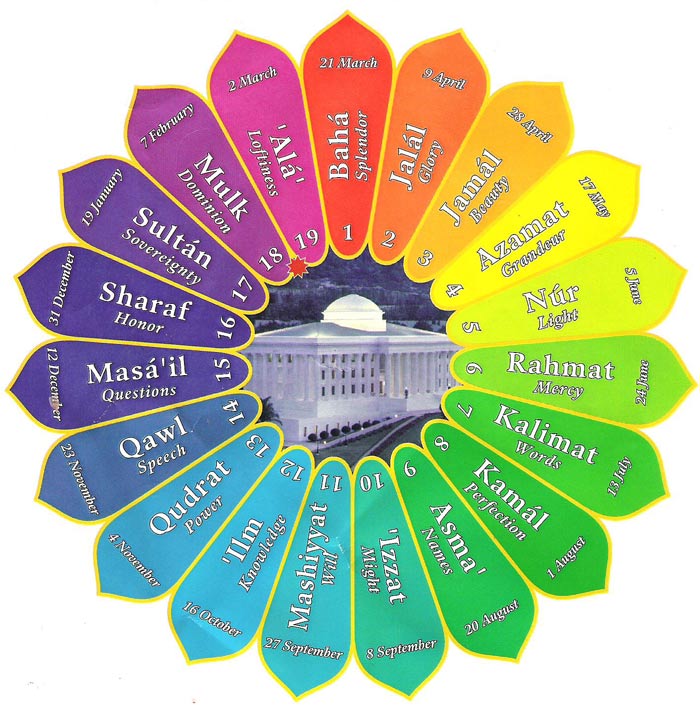
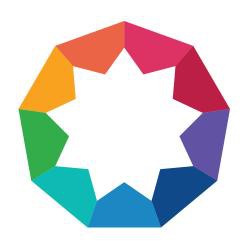

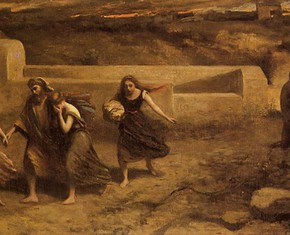

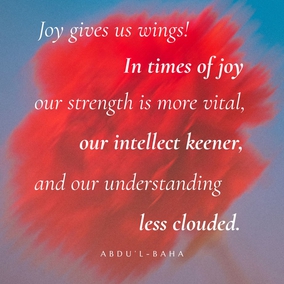
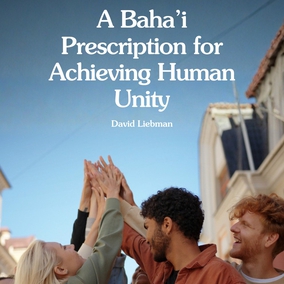
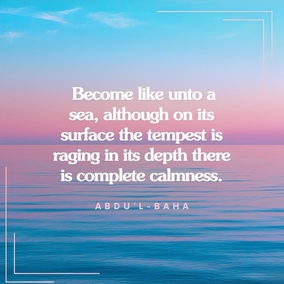
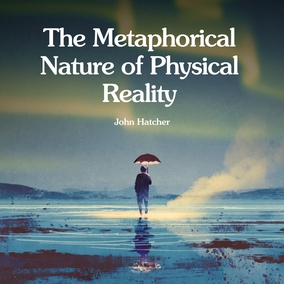
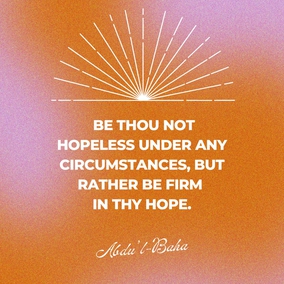
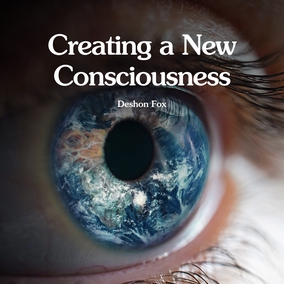



"The Baha’i New Year, like the ancient Persian New Year, is astronomically fixed, commencing at the March equinox (21 March)..." This is incorrect: this year (2025), for instance, Naw-Ruz -- the Baha'i New Year -- actually begins at Sunset on March 19 and ends at Sunset on March 20.